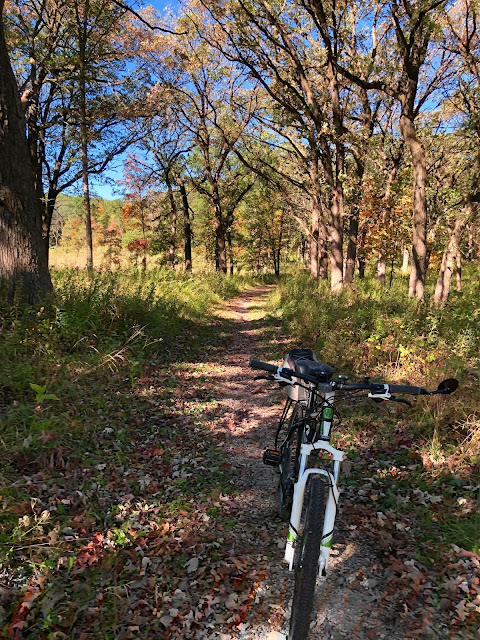Over the years, I've backpacked and hiked in numerous Wilderness Areas in the USA and my trips are indexed here. These magnificent areas are the closest we can experience to what the country was like before man developed/improved/engineered the land for his own purposes. I praise those who had the foresight to protect and preserve these national treasures for future generations! For those curious about what Wilderness Areas are and how this came about, here's a brief history of the process.
After eight years of negotiations and 66 revisions. President Lyndon Johnson signed the Wilderness Act of 1964 into law on September 3, 1964. It stated a legal definition of “wilderness” and provided strong legal protection to any area so designated as a wilderness area. Under the Wilderness Act, a designated wilderness area may not be used for timber, mining, grazing, or any other activity that would harm its pristine condition. The act also bans all vehicles from designated wilderness areas including mountain bicycles.
Howard Zahniser authored this famous poetic definition of wilderness: “A wilderness, in contrast with those areas where man and his own works dominate the landscape, is hereby recognized as an area where the earth and its community of life are untrammeled by man, where man himself is a visitor who does not remain.”
Only Congress has the authority to designate a wilderness area and set boundaries. A separate act of Congress is required to remove a wilderness area from the list of designated wilderness areas. Furthermore, the legislation did not place any new land under federal control but simply provided protection for some federal lands already under the control of the National Park Service, U.S. Forest Service, and the U.S. Fish and Wildlife Service (FWS). In 1976 the law was extended to the Bureau of Land Management (BLM) to recommend land held by the BLM for designation as a wilderness area. Every designated wilderness area falls under the control of the National Wilderness Preservation System (NWPS).
(Photo Above: Jedediah Smith Wilderness Area in Idaho's Targhee National Forest)
When passed in 1964, the Wilderness Act designated 9.1 million acres of public land land (located in 54 areas in 13 states) as wilderness areas. Today, the total has grown to 765 areas (110,005,113 acres) in 44 states and Puerto Rico. In 1980, the passage of the Alaska National Interest Lands Conservation Act (ANILCA) added over 56 million acres of wilderness to the system, Overall, however, only about 5% of the entire United States—an area slightly larger than the state of California—is protected as wilderness. Because Alaska contains just over half of America's wilderness, only about 2.7% of the contiguous United States—an area about the size of Minnesota—is protected as wilderness.
Of course this sounds like a lot of land, doesn't it? Yes it is. BUT -- it is roughly the same acreage as the amount of pavement that exists in our country! So is it really enough wilderness?
Basically, the characteristics of wilderness covers land that:
-- preserves cultural, historic, geological, or ecological treasures
-- is located in undeveloped areas and retains a primitive nature
-- exhibits physical characteristics of natural forces and is free from the effects of human manipulation and civilization
-- offers outstanding opportunities for solitude and primitive recreation
Here's Lewis Fork Wilderness in Mt. Rogers National Recreation Area in Virginia...












